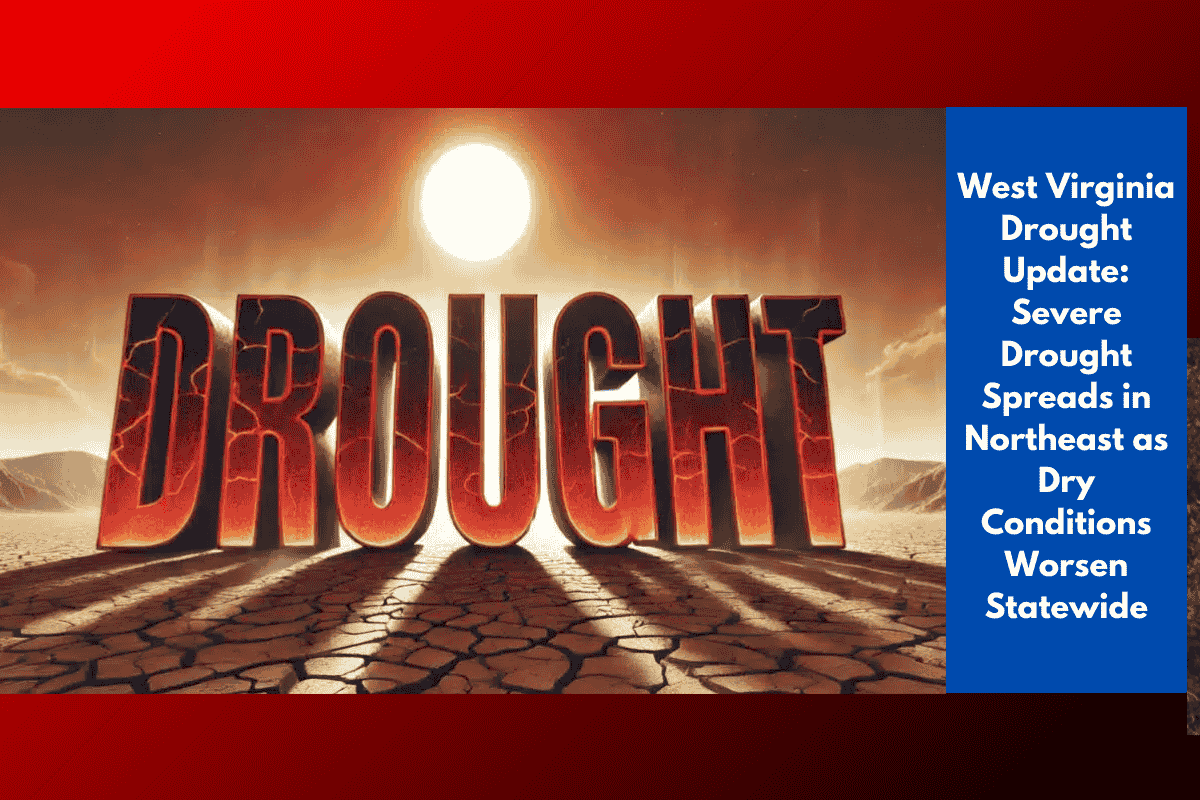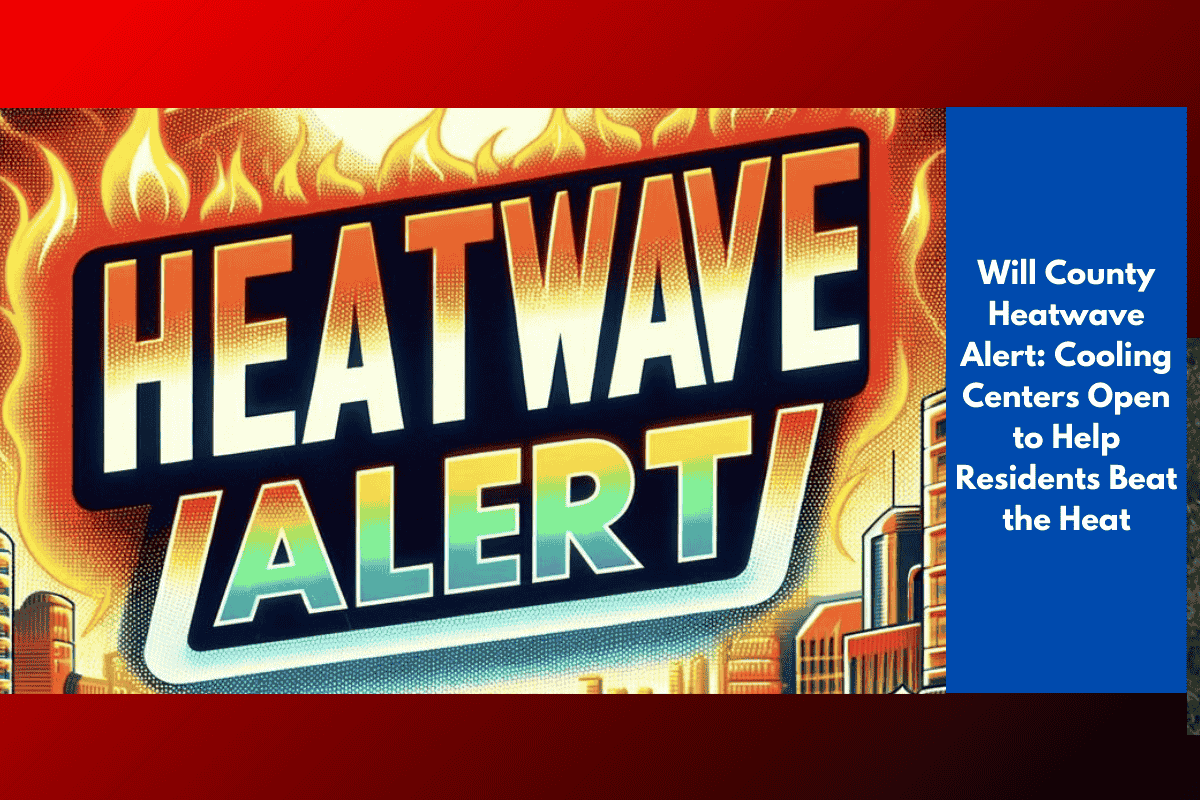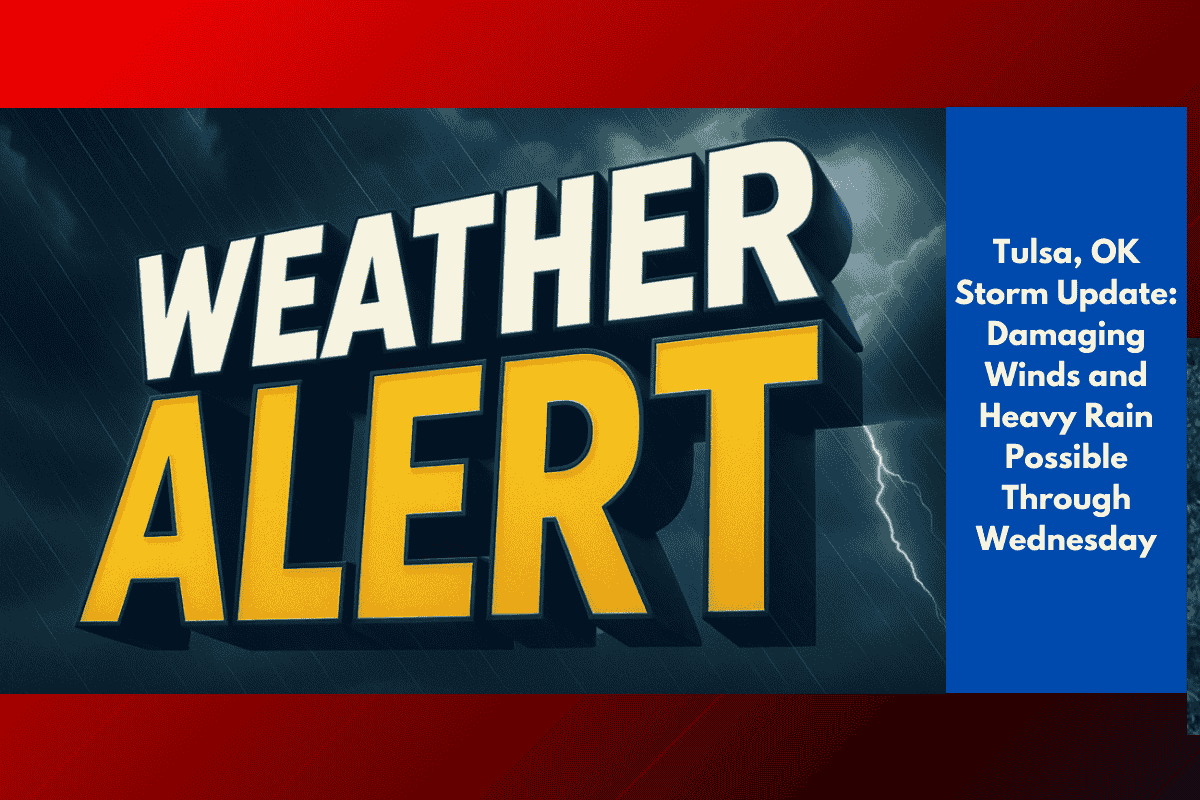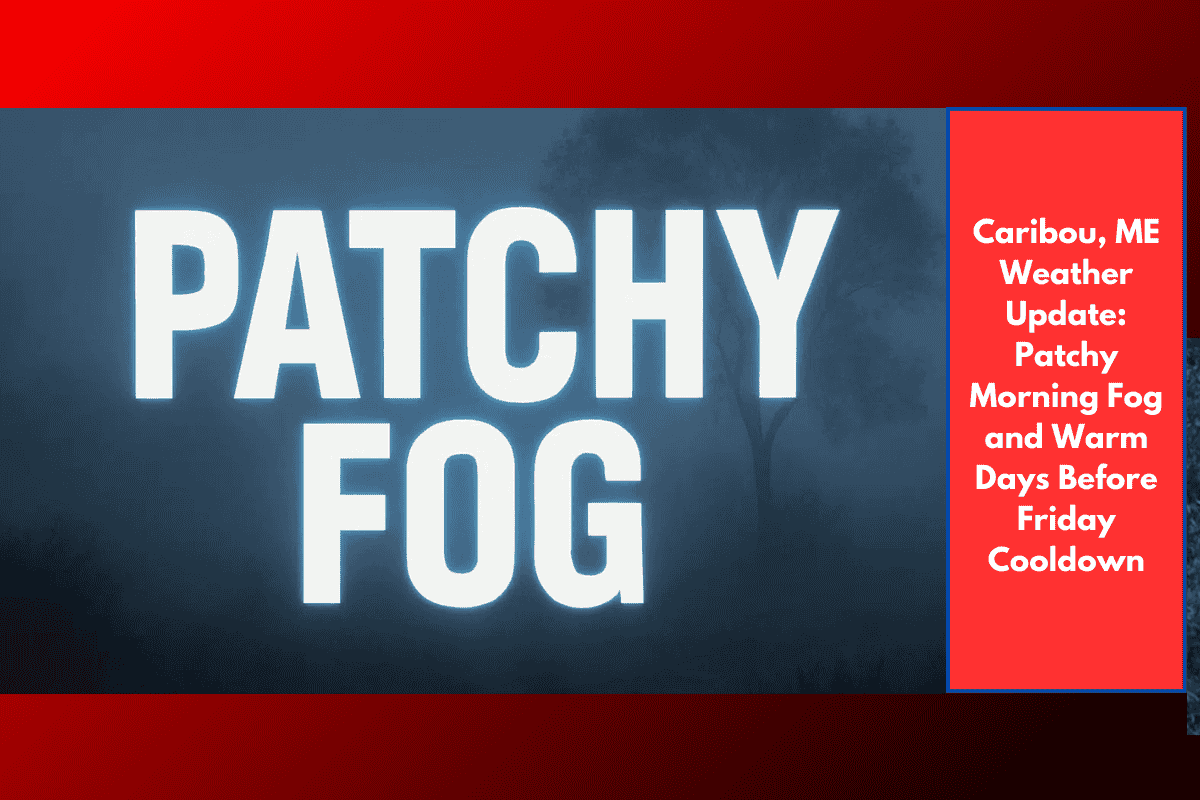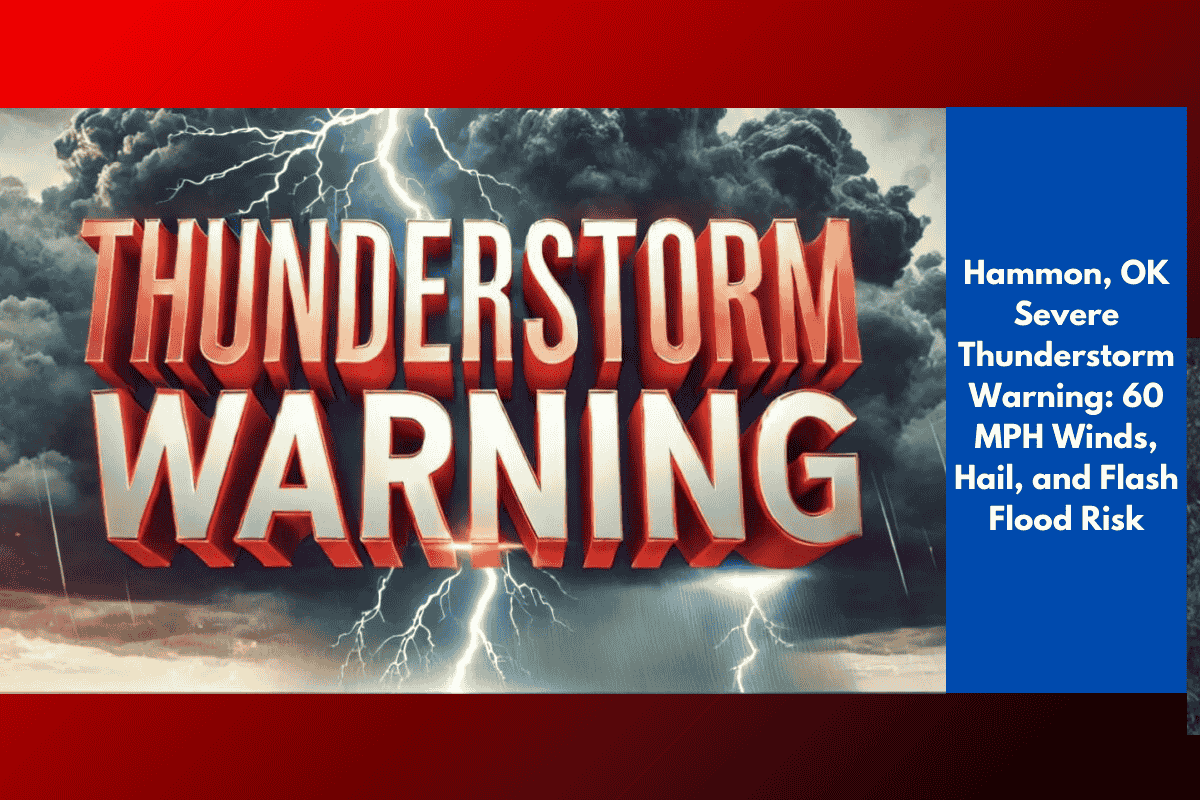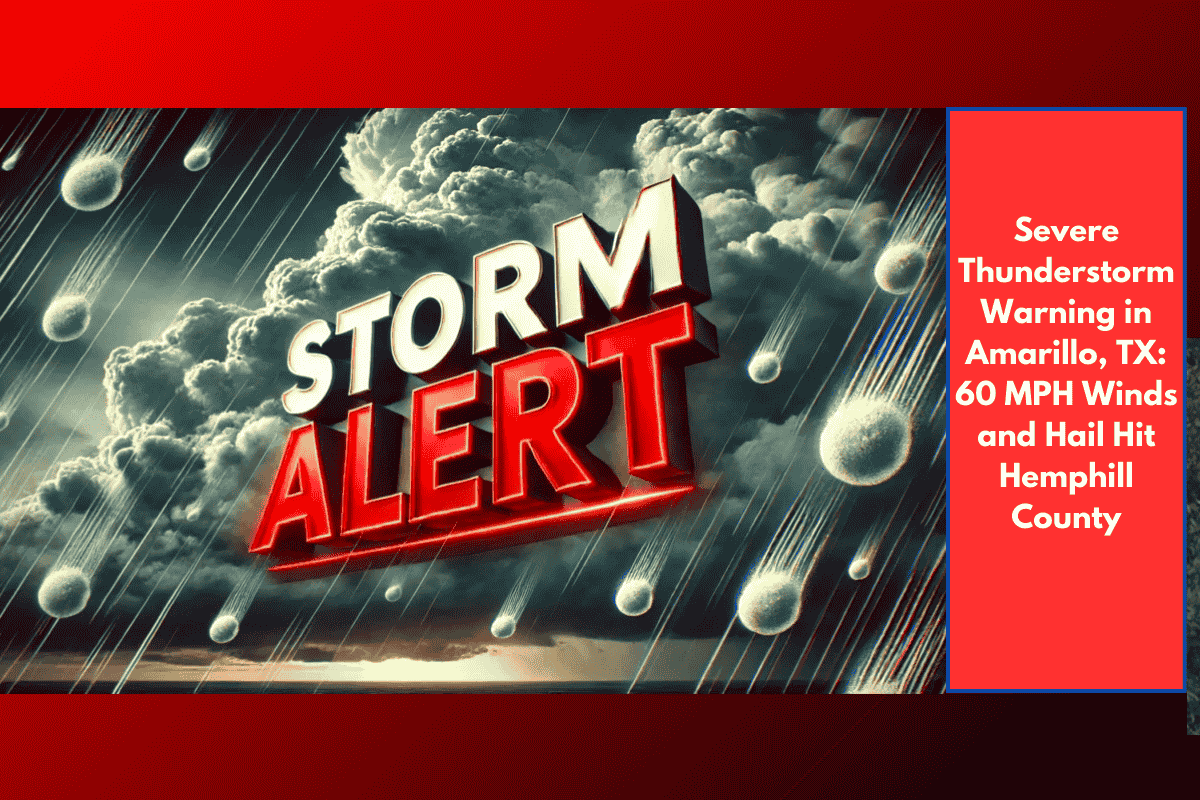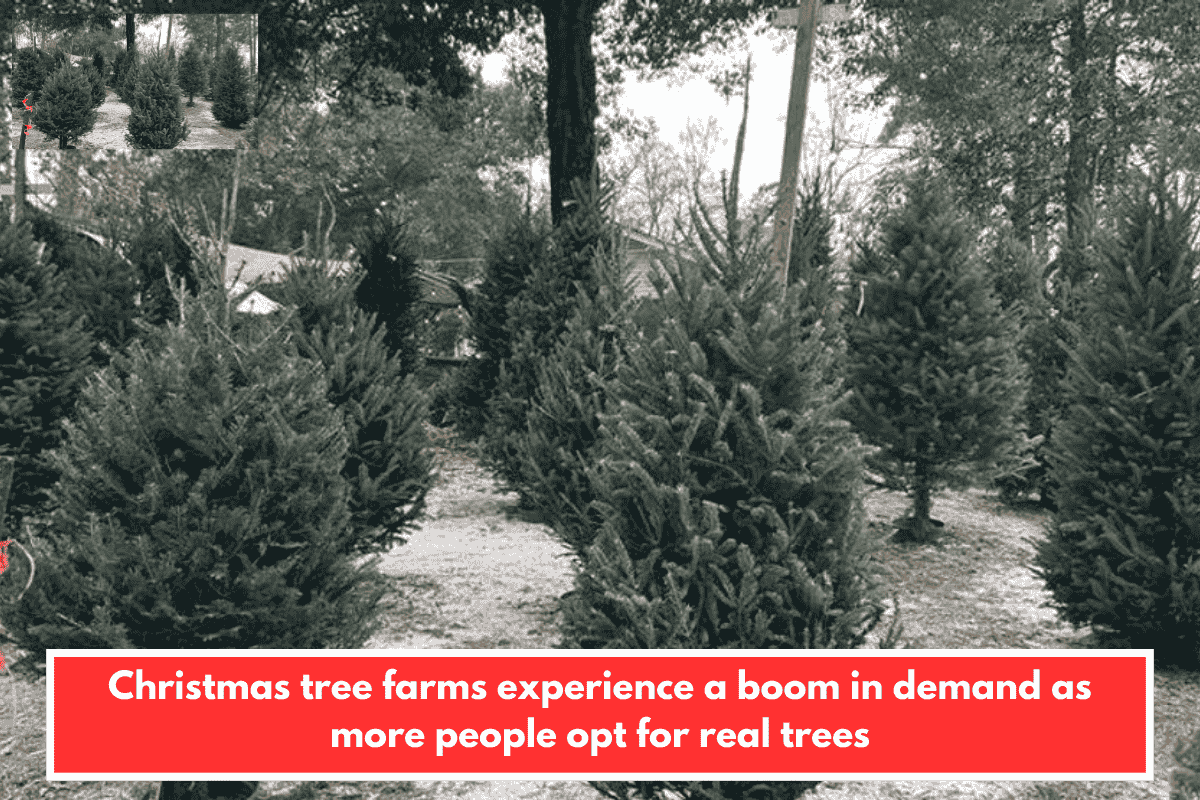Charleston, WV – Drought conditions are rapidly intensifying across West Virginia, with the latest U.S. Drought Monitor update showing severe drought (D2) in parts of the northeastern region. What was a relatively wet summer has turned into a widespread dry spell, with officials urging residents to prepare for crop stress, water shortages, and increased fire risk.
Northeast West Virginia Now in Severe Drought
According to the National Weather Service in Charleston, northeastern counties have been marked in orange on the latest drought map, indicating D2 – Severe Drought. This level can significantly impact agriculture, local water supplies, and forestry, especially as fall fire season approaches.
In addition:
Moderate drought (D1) is affecting large parts of central, eastern, and western West Virginia, as well as parts of northeast Kentucky and southeast Ohio.
Abnormally dry conditions (D0) are now present in northern and southern West Virginia, expanding steadily week by week.
Fast-Changing Conditions Across the Region
Just three months ago, no part of the Charleston forecast region was classified as being in drought. As of September 9, however:
Over 65% of the region is now at least abnormally dry
A significant portion is under moderate drought, with D2 severity increasing
Crop health, soil moisture, and streamflow levels have all declined sharply
Drought Classifications (as of Sept. 9, 2025)
| Drought Level | Description | Areas Affected |
|---|---|---|
| D2 – Severe Drought | Crop loss, low water supply, fire danger | Northeastern West Virginia |
| D1 – Moderate Drought | Reduced crop growth, lower water levels | Central, eastern, western WV; NE KY; SE OH |
| D0 – Abnormally Dry | Early signs of drought, fire risk rising | Northern and southern WV; parts of SE Ohio |
Impacts Already Being Felt
Farmers are reporting dry pastures and struggling late-summer crops.
Water utilities are monitoring levels in wells and reservoirs, especially in rural areas.
Forestry officials are warning of early fire season conditions, with dry leaf litter increasing the risk of brush fires.
Precautions and Recommendations
To avoid worsening the situation, residents and businesses are being urged to:
Conserve water at home and in agricultural operations
Delay outdoor burning, even if bans haven’t yet been issued
Check local advisories for updates on water restrictions and fire safety
Stay informed through weather.gov and state agriculture or emergency management offices
Looking Ahead
With no widespread rain in the immediate forecast, drought conditions are expected to hold or worsen across West Virginia through mid-September. If the dry spell continues into fall, burn bans, water-use restrictions, and more agriculture alerts could be issued.
The U.S. Drought Monitor, updated every Thursday at 8:30 a.m. ET, remains the most reliable source for tracking these changes, used by farmers, emergency officials, and policy makers to guide response efforts.
West Virginia is entering a critical drought phase as severe dryness spreads across the state. From rising wildfire risks to stressed crops and dropping water levels, the signs are clear: this drought is intensifying quickly. With over 65% of the region now affected, it’s more important than ever for communities to conserve resources, stay alert, and prepare for prolonged dry weather.

